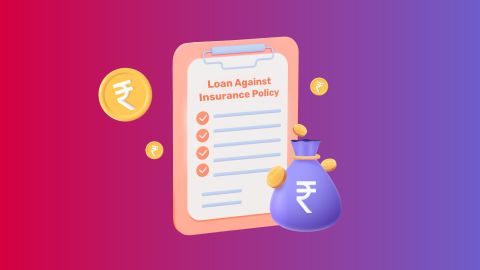Why vesting period matters for employees?
The vesting period isn’t just a formality it determines when you truly own your ESOPs. For employees, this means understanding when you can unlock and monetise the value of your granted options. Companies use this as a retention strategy, ensuring employees are motivated to contribute meaningfully over time.
Key terms: Grant date, vesting date, exercise date
Let’s break down three important terms you’ll hear in any ESOP discussion:
Grant date: The day you’re officially awarded ESOPs.
Vesting date: The date when the employee becomes eligible to exercise period the granted ESOPs.
Exercise date: The actual day you choose to convert options into shares (by paying the exercise price).
Your ESOPs could be worth a lot but only if you plan your vesting and funding smartly. Apply now
How does the vesting period work in ESOP?
The vesting period works in phases. Depending on company policy, it can follow different structures:
Cliff vesting: No shares vest initially; a lump sum vests after a set period (e.g., 1 year).
Graded vesting: Shares vest gradually over time, such as monthly or annually.
Understanding cliff vesting vs. graded vesting is essential, as each impacts when and how employees can access their shares. Employees must complete this period to gain the right to exercise or sell. If you exit early, unvested shares are forfeited making this structure both a reward system and a retention mechanism.
Types of vesting schedules
Understanding the different vesting types helps you make better decisions about when to exercise your ESOPs and how to plan your finances around them. Here's a closer look at the most common vesting schedules:
Vesting Type
|
Description
|
Cliff vesting
|
100% shares vest after a specific period.
|
Graded vesting
|
Shares vest incrementally (e.g., annually or monthly).
|
Hybrid vesting
|
Initial lump-sum vesting followed by incremental vesting.
|
Performance vesting
|
Shares vest only after certain targets or milestones are met.
|
Time-based vesting vs performance-based vesting
Time-based vesting requires a defined duration of service. It’s predictable and easy to administer—ideal for startups and mature companies alike.
Performance-based vesting is more dynamic, relying on metrics like revenue targets, EBITDA goals, or specific project completion. It can drive stronger alignment, but it also depends on clear goal-setting and fair evaluation.
What happens if I leave before my ESOP vests?
This is where reading your ESOP agreement becomes critical. If you exit before your vesting period is complete:
Thinking of switching jobs or retiring soon? Use financing to exercise your vested ESOPs before deadlines hit. Check your ESOP financing eligibility
Why is the vesting period important in ESOP?
For companies, it’s a risk-mitigation tool. For employees, it’s a reward for loyalty and performance. The vesting period ensures that equity is earned not given and helps build a long-term, growth-oriented culture. It also prevents premature dilution of equity by tying ownership to actual contribution and commitment.
How to calculate the vesting period in ESOP?
Here’s a simple way to calculate your ESOP vesting:
Check total vesting duration in your ESOP agreement.
Note any cliff period commonly 12 months.
Understand the vesting schedule monthly, quarterly, or annual increments.
Add any performance milestones, if applicable.
Cross-check dates from your employment start and grant date to validate timelines.
The goal is to be crystal clear on when and how much you vest so you can plan exercises accordingly.
Common vesting periods for ESOP (Examples)
Let’s look at two common examples:
Time-based: 4-year schedule with 1-year cliff. After year 1, 25% vests, followed by monthly or annual vesting for the next 3 years.
Performance-based: 50% of shares vest after achieving company revenue targets, with the rest based on project delivery milestones.
These schedules can differ across companies and industries, so knowing yours is key to maximising value.
Tax implications during the vesting period
No tax is applicable during the vesting period since you don’t own the shares yet. But once you exercise:
The difference between the fair market value and your exercise price is taxed as perquisite income.
When you sell those shares, capital gains tax applies depending on the holding period.
Proper tax planning can help reduce your overall outgo and avoid last-minute cash crunches.
Learn more about TDS on ESOPs here.
Conclusion
The vesting period in ESOPs plays a pivotal role in shaping employee loyalty, rewarding performance, and aligning individual efforts with company goals. Whether you are navigating time-based or performance-based vesting, understanding your schedule and financial implications is key. With smart planning and access to the right financing tools you can make the most of your ESOP benefits and convert potential into real value.
Do not wait to avail the value of your hard-earned ESOPs. Apply now





